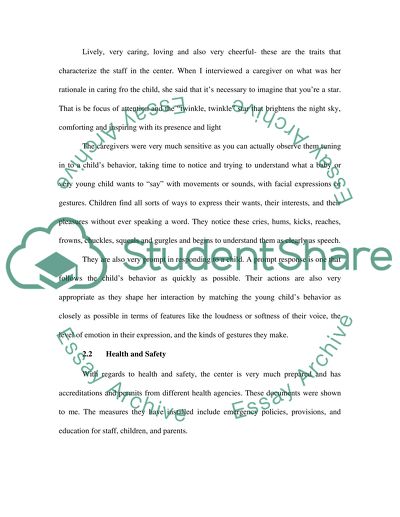Cite this document
(“Fundamentals of early childhood education Essay”, n.d.)
Retrieved from https://studentshare.org/education/1509160-fundamentals-of-early-childhood-education
Retrieved from https://studentshare.org/education/1509160-fundamentals-of-early-childhood-education
(Fundamentals of Early Childhood Education Essay)
https://studentshare.org/education/1509160-fundamentals-of-early-childhood-education.
https://studentshare.org/education/1509160-fundamentals-of-early-childhood-education.
“Fundamentals of Early Childhood Education Essay”, n.d. https://studentshare.org/education/1509160-fundamentals-of-early-childhood-education.


